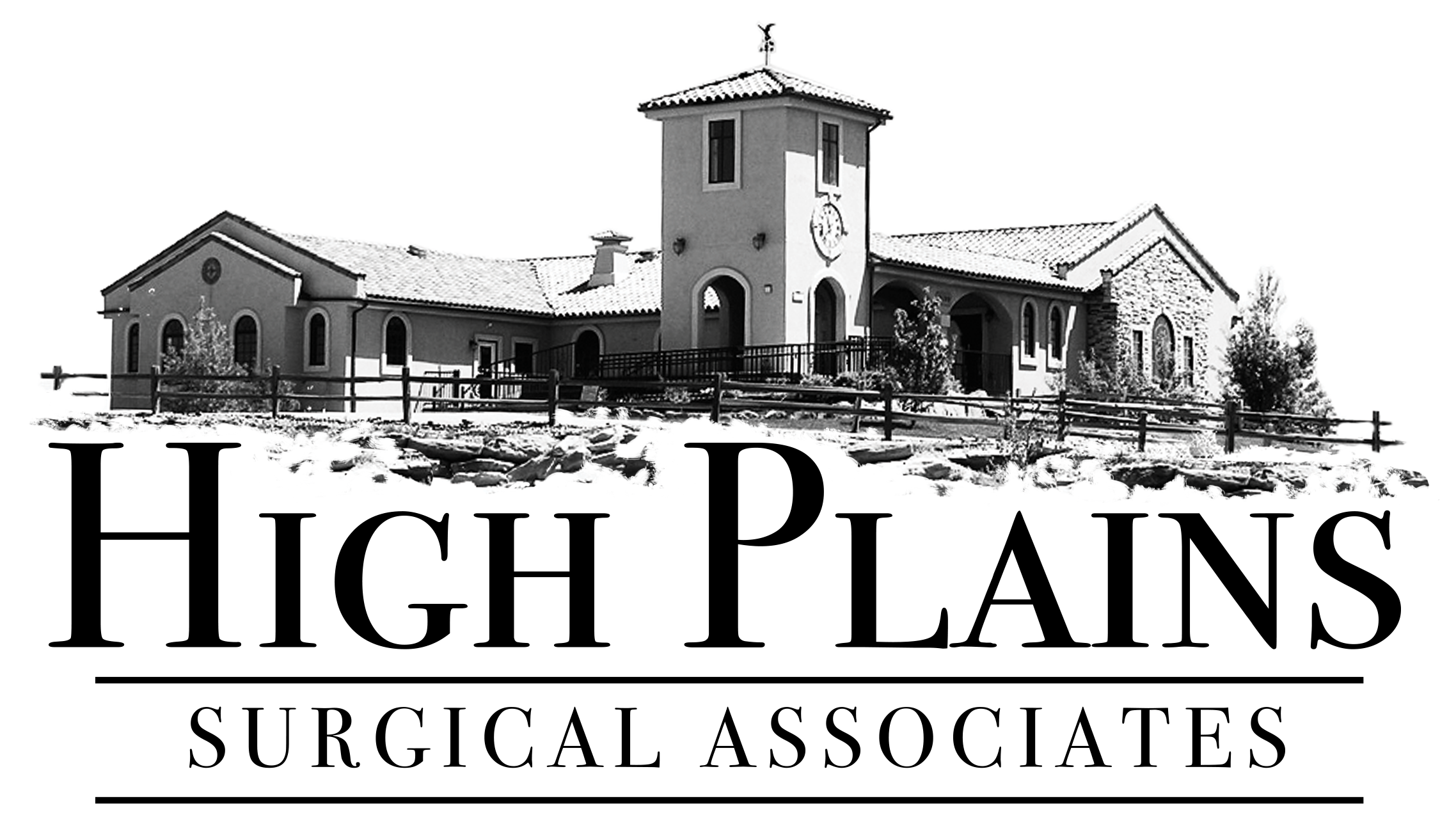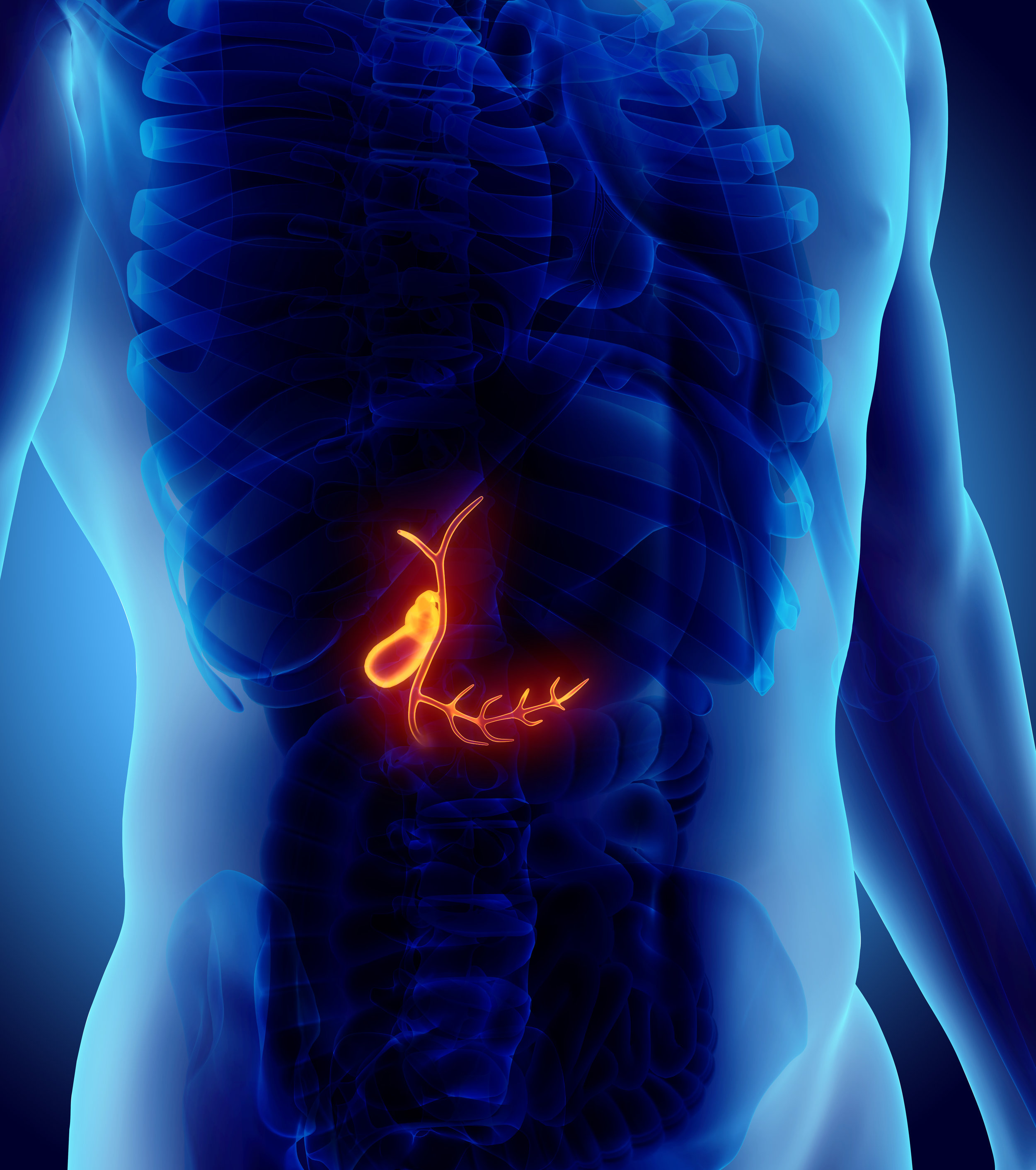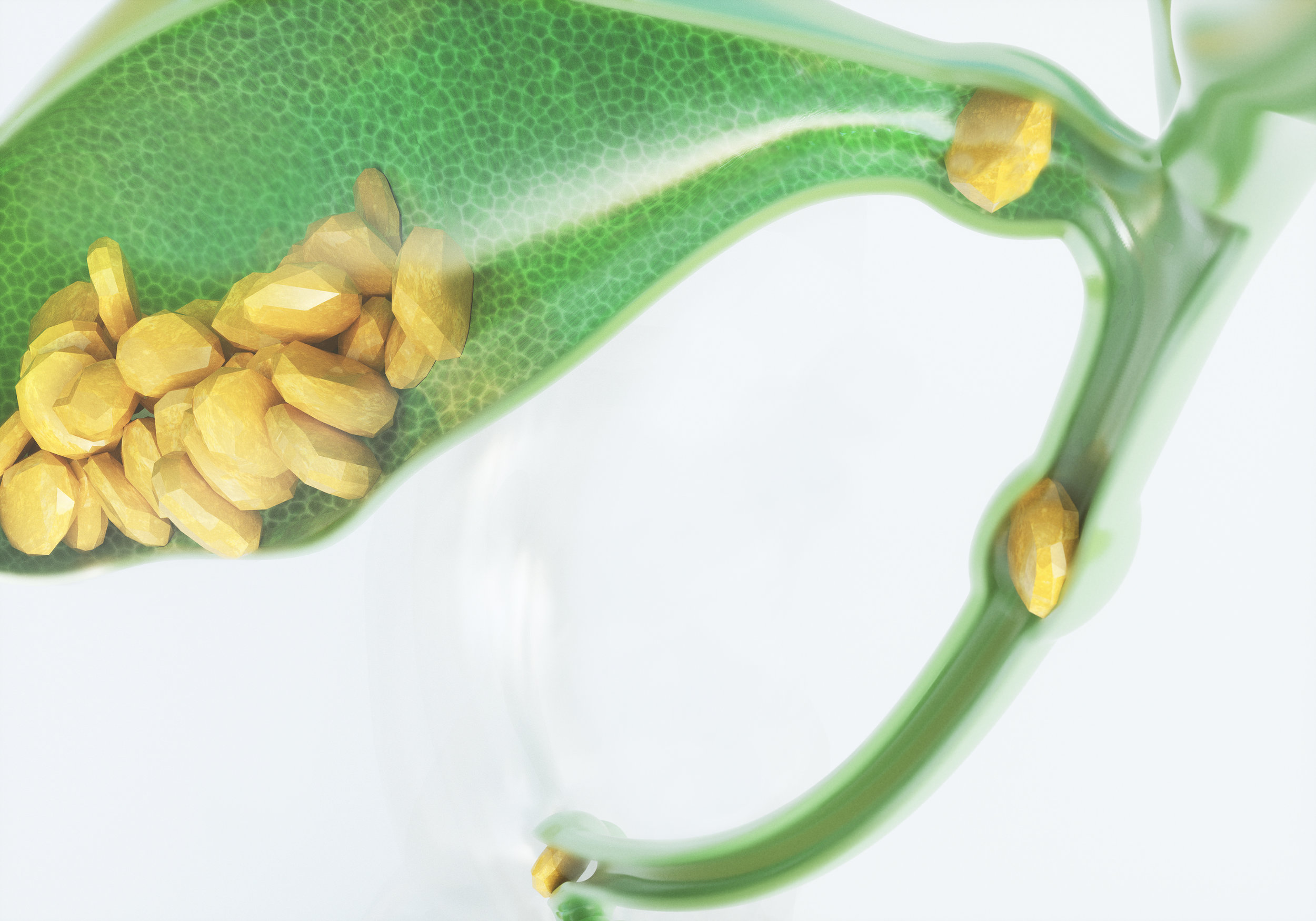Gallbladder
Your gallbladder is a small organ that is connected to your liver and acts as storage for bile produced by it. When required by the body, your gallbladder releases this bile into the small intestine through ducts, thereby helping in the digestion of fat, and aiding the digestion process in general. Fortunately, though, your body will still function without the gallbladder itself. Even after it is removed from the body, digestion process in an otherwise healthy person operates correctly, and there are no complications whatsoever.
Symptoms of Gallbladder Problems
Like any other organ of your body, your gallbladder may also be prone to problems, some symptoms are:
Stool related problems, such as fatty or light colored stool
Pain under the rib cage, particularly on the right side
Aches below right shoulder or even between shoulder blades
Nausea, vomiting, queasiness
Inability to digest greasy or fatty foods efficiently
Bloating in the abdomen
Gallstones
The primary reason for gallbladder pain is gallstones which can also manifest in further complications such as biliary colic, inflammation of the gallbladder, as well as connected organs such as the pancreas, bile duct, and ascending cholangitis.
Gallstones are formed within the gallbladder when cholesterol, bilirubin, and other substances found in bile crystallize into stones. When these stones move to or block other organs in the digestive system, it leads to inflammation of the gallbladder itself, which also causes inflammation of the liver and pancreas. If the bile, which is supposed to flow into your small intestines, retreats into the gallbladder, it may again lead to pain. You may also experience:
Swelling;
Pain below your rib cage on the right side;
Pain in the back of your right shoulder blade;
Discomfort, accompanied with gas or vomiting.
There are chances that despite having gallstones, some people may not experience any pain. However, doctors can diagnose the condition through physical examination. An ultrasound of the right upper quadrant is typically used to diagnose gallbladder stones. Blood tests are carried out to detect other complications that may arise due to this condition.
Because of hormonal changes and sometimes, contraceptive use, chances of forming gallstones are double in women as compared to men. This statistic is particularly the case before menopause, and chances are lowered when a woman reaches menopause. Gallbladder pain may lead to:
General disruption of everyday activities
Blockage of bile duct
Severe infections of digestive organs
Biliary Colic (Gallbladder attack)
Improper dietary practices
Resorting to increased pain-related medication
Reduction in body weight
Fluctuations in electrolyte levels
Gallstones may also end up partially or completely blocking the cystic duct, and when this happens, it leads to sudden and severe pain in your upper right abdominal area. This is commonly referred as gallbladder attack or contraction, also called biliary colic in medical terms. This pain may even reach the right shoulder along with nausea and vomiting. In some cases, the pain may reduce in a few hours, while in others it may continue with reduced intensity for as long as a full day.
Cholecystitis
Cholecystitis is inflammation of the gallbladder. Symptoms of this are similar to that of gallstones:
Pain in upper right abdominal area;
Nausea;
Vomiting;
And in some cases, fever.
Gallbladder attacks usually follow acute cholecystitis. The episodes of cholecystitis may keep repeating in the absence of timely and proper treatment. Inflammation may further complicate the condition in the pancreas and common bile duct.
Acalculous Cholecystitis
Even in the absence of gallstones, inflammation of gallbladder may occur due to burns or trauma. Symptoms in such cases will still be similar to cholecystitis but to a severe degree.
Cholangitis
Sometimes, when gallstones obstruct the bile duct partially, bacterial infections can occur in the region, leading to a condition called cholangitis. This may further result in complications such as:
Jaundice;
Pain in the abdomen;
Very low blood pressure.
Pancreatitis
At times, the pancreatic duct may also get obstructed by gallstones, which leads to inflammation of the pancreas, also called pancreatitis. Pain in the upper abdominal region, radiating to the back, nausea, and vomiting are some symptoms of this complication.
Surgical Removal of Gallbladder
Surgical removal of gallbladder (cholecystectomy) is an ideal option for treatment of gallbladder problems. The preferred treatment for gallstones or inflammation of gallbladder is to remove the gallbladder (and the obstructing gallstones) by surgery. As part of the treatment, small incisions in the abdominal region are made using laparoscopic instruments to remove the gallbladder completely. Recovery is quick when laparoscopic cholecystectomy is performed, and patients are mostly discharged in a couple of days.
As the removal of the gallbladder from the body does not pose any obvious health issues, this treatment is common for other gallbladder related conditions and complications (such as acute cholecystitis and pancreatitis).
You are in safe hands and will remain for as long as the professionals of High Plains Surgical Associates are at your constant beck and call. They have been committed to making the citizens of Gillette, Wyoming healthier since 1994. Don’t be in the dark anymore about your health. Come into the light and live a better life with the guidance and medical services of Dr. Sara Hartsaw (General Surgeon and owner).



